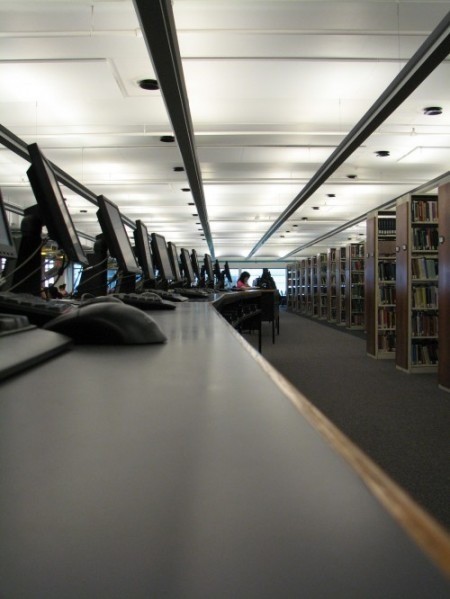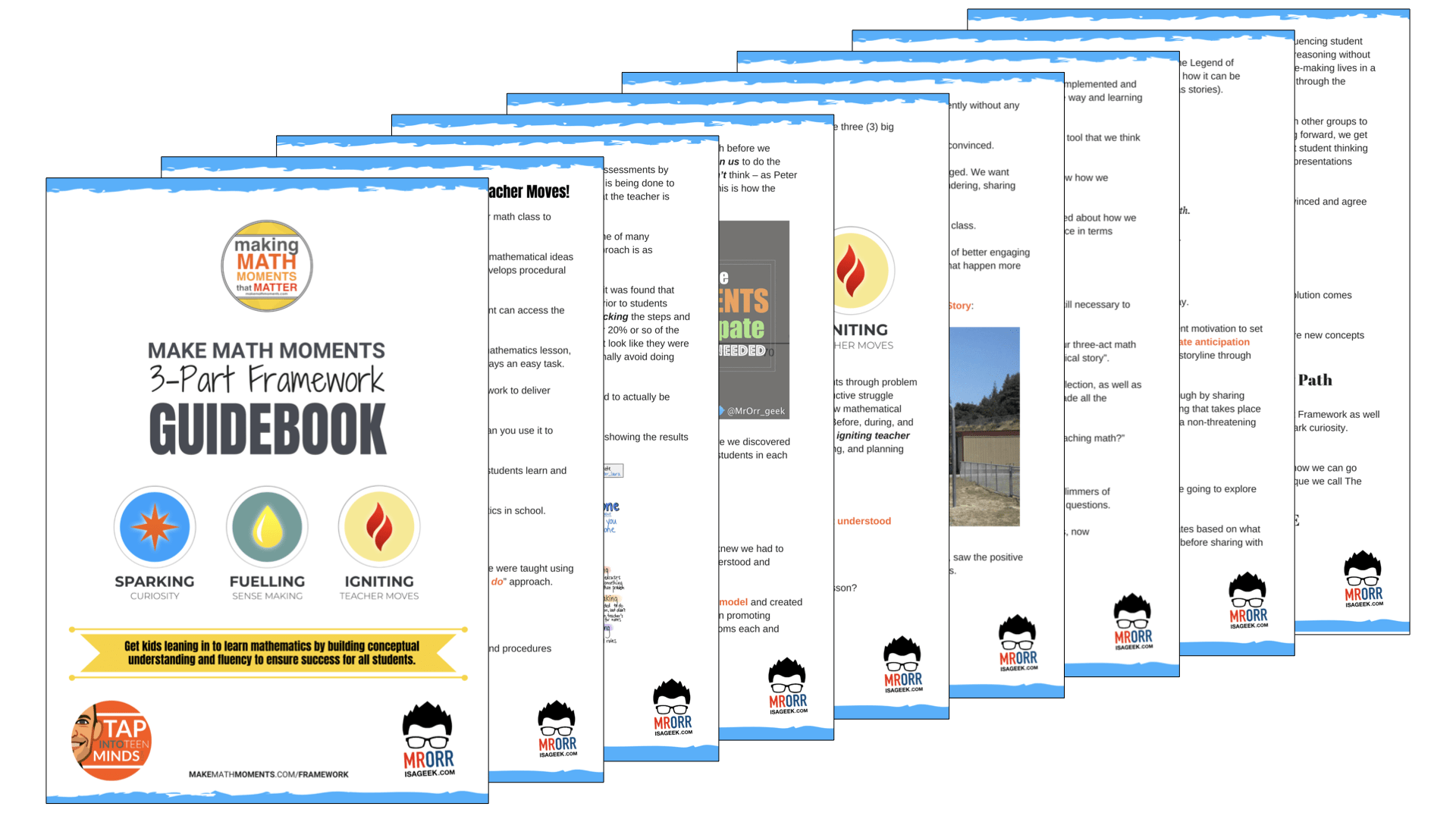Technology Is Only Effective When Paired With Solid Instructional Practice

This past weekend, I participated in the Teacher Learning and Leadership Program (TLLP) Sharing Summit in Mississauga, Ontario to meet with other teachers and learn from each other. While standing by my table where I was sharing my experience with the Tap Into Teen Minds iPad Classroom, I was approached by a man loaded with what seemed to be well-prepared questions regarding technology and how I use technology in my classroom. His questions were very direct and to the point making me feel as though I was in more of an interview rather than a sharing conference.
Some of his questions included (as accurate as I can remember):
- “Do you use your iPads in a Flipped Classroom?”
- “Do you feel that using iPads is the most important component of your classroom?”
- Have you used technology like the Vivi wireless screen mirroring?
- “Do you use Khan Academy exclusively in your classroom for teaching new concepts?”
- “Do you think that technology and such resources as Khan Academy can replace classroom teachers?”
As soon as we started discussing whether technology could replace classroom teachers, I knew that our conversation was more than a random teacher asking a few questions about my project. While I’m not great with names of educational leaders and researchers, he eventually introduced himself as Andy Hargreaves, the speaker scheduled for later that day. His reaction to my responses made it evident that my views regarding the role of educational technology and the importance of teachers aligned with his.
Khan Academy Is Not as Effective As a Classroom Teacher
Through our conversation, Mr. Hargreaves mentioned having a long debate with the founders and supporters of Khan Academy regarding whether Khan Academy and other online teaching resources are as effective or more effective than a classroom teacher. While online resources are a great way for students to supplement their learning, they cannot replace teachers and those in the education field must strongly defend this stance.
Is Khan Academy Bad for Education?
Absolutely not! I use Khan Academy in my classroom and post links to practice materials on my course website for students to access on a regular basis. These resources are great tools for students to access if they are struggling with a concept or simply want some additional practice. However, I would compare using Khan Academy videos to actually teach new concepts is equivalent to instructing students to open their textbooks to page 137 and read about the topic of the day.
Where’s the Inspiration? Guidance? Leadership?
One can argue that you can learn anything about math, science and many other subjects using a resource such as Khan Academy. However, the same point could be made about using a resource commonly referred to as a textbook. Why don’t traditional textbooks work? They are boring and it would take a lot of inspiring to encourage someone to grab a textbook and read it from cover to cover. While Khan Academy may make learning convenient, the videos are equivalent to taking a textbook and having the boring monotone teacher lecture about it. Can you learn from it? Absolutely! Are you eager to jump in and learn? No way! Fortunately, teachers can harness the power of some of the best webinar software and deliver presentations live, with plenty of options for audience engagement so the whole class can interact with the content.
An effective classroom teacher serves as the conduit to inspire students to learn something new, guide them to be passionate about something in this world and lead them down a pathway that will allow the public to feel confident that the next generation will be able to take the wheel and steer us in the right direction.
Classroom Technology Is Only As Good As The Teacher
Technology continues to take our schools to new levels and improve the learning experience of students worldwide. For example, the trend of online learning and simplified digital processes is significantly changing the network requirements of educational institutions. In multi-building campuses, daily operations are requiring a high bandwidth, which can provide reliable and controlled network environment. Therefore, many from the education sector (especially schools) are opting for a dark fiber network solution because of its adaptability to the service platform used by the school, and its ability to enable the school management to upgrade their capacity as and when they need it. Additionally, dark fiber is also able to accommodate the education sector’s security requirements. However, with such great things (like the ones mentioned above) happening in classrooms everywhere, we must be careful to ensure that people understand that technology does not work on its own. Without an effective teacher in every classroom, money spent on technology will have been wasted.
WANT TO LEARN HOW TO TEACH THROUGH TASK?

Share With Your Learning Community:

About Kyle Pearce
I’m Kyle Pearce and I am a former high school math teacher. I’m now the K-12 Mathematics Consultant with the Greater Essex County District School Board, where I uncover creative ways to spark curiosity and fuel sense making in mathematics. Read more.
Read More From The Blog
